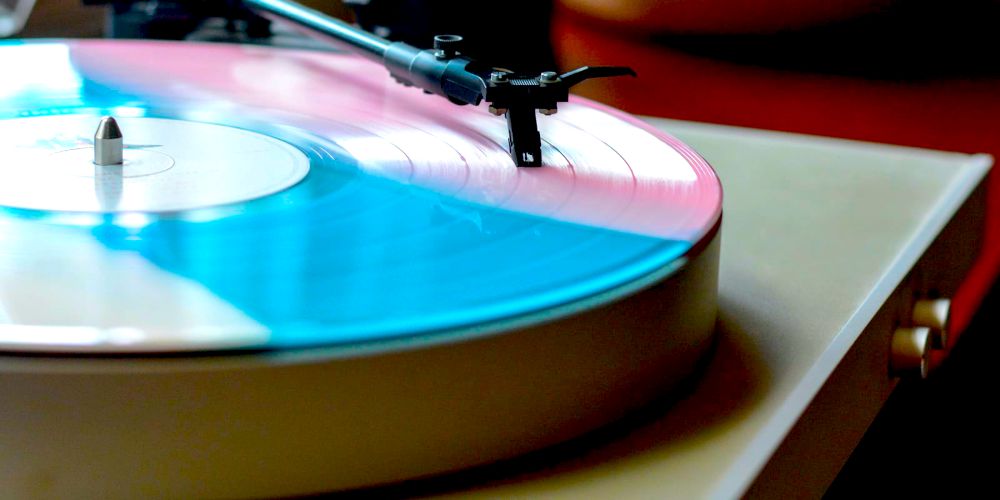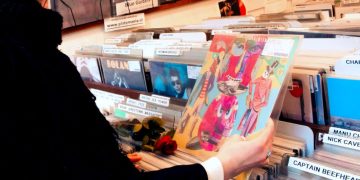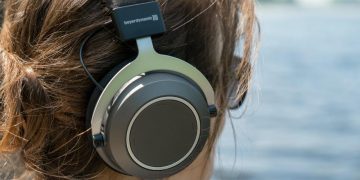Vinyl has been on the rise for the past few years, so much so that vinyl records are actually selling better than CDs.
Both pale in comparison to digital music, but plenty of people are looking to our analog past in an attempt to make a better connection with the music they love.
Maybe you've thought about getting into listening to vinyl, but it seems daunting. Getting set up for listening to records is actually simpler than it seems, but there are a few things you'll want to keep in mind, which is why we're here to help.
Get Yourself a Vinyl Turntable
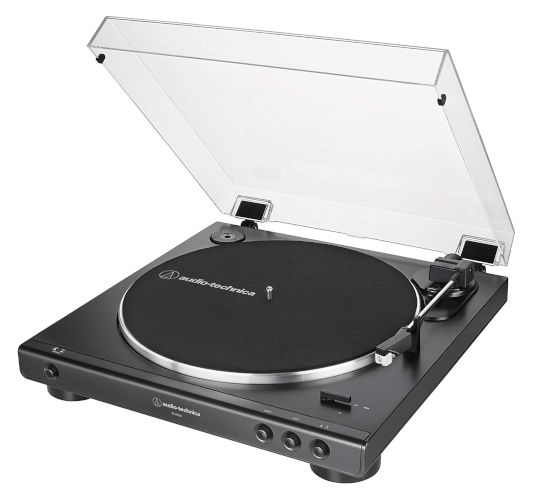
First things first, you're going to need a turntable if you don't already own one. You can spend a lot of money on a turntable if you want, but a model like the Audio-Technica AT-LP60X (above) costs around $100 and still gets you quality sound.
You'll also need something to amplify the turntable's signal and either headphones or speakers. Your home A/V receiver will handle this, but there is one important thing to keep in mind: unless your receiver has a bespoke Phono input for a record player, the volume will be very low.
To get around this, you can use a preamp. Some turntables, like the AT-LP60X, include a switchable built-in preamp so you can use them with your home stereo. If your turntable doesn't have a built-in preamp, you can buy a phono preamp for around $50 or so.
Where to Buy Vinyl Records
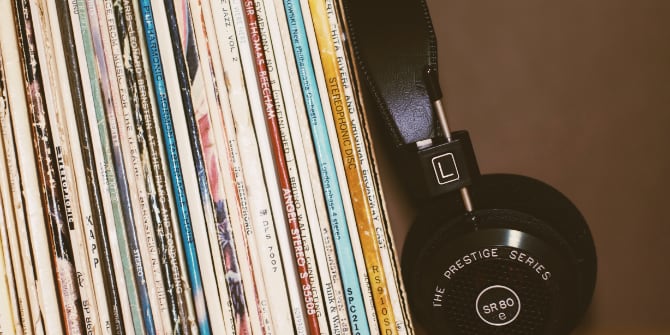
Thanks to the recent resurgence in vinyl sales, records are easier to buy now than they were a few years ago.
One of the easiest places to buy vinyl records is the same place you can buy almost anything else: Amazon. Most recent releases are available in vinyl on the site (assuming a vinyl version exists), as well as re-issues of classic albums.
That said, you won't find everything on Amazon. If you're looking for something older and rarer, or you're just looking to build a collection on the cheap, sites like eBay will be your best bet.
Just make sure to keep a close eye on the condition of what you're buying and make sure it comes from a reputable seller.
If you're looking for limited editions, colored vinyl, and other cool rarities, your best bet might be to buy direct from record labels. This often has the side effect of costing a little less as well. You can also buy albums direct from artists on sites like BandCamp.
How to Care for Vinyl Records
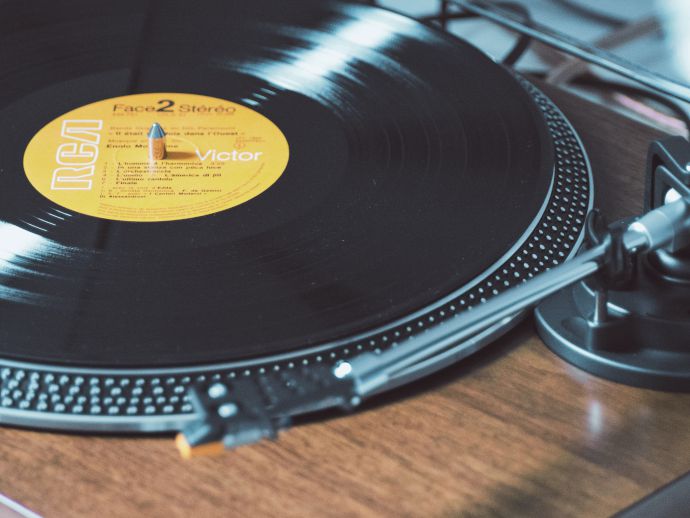
When playing your vinyl, you'll need to be careful about placing the needle on the record, as doing it wrong can easily damage it.
Fortunately, most modern record players have automated the playing procedure. Select the size of your record, the RPM, then press play—it will automatically start.
Of course, with more unusual sizes of records (such as 10-inch vinyl records), you may still need to manually drop the needle. If that's the case, be sure to do so carefully.
You'll also need to keep your records clean. If they don't sit outside the sleeve often, then you may not need to clean very often. But for the most part, give them a wipe after every use and store them in their sleeves and you should be OK.
If a vinyl record ever gets dirty, vinyl record cleaning kits cost around $30 and will last you a long time.
Finally, you'll have to care for the player itself. Over time, the needle will wear out and need to be replaced. You may need to replace the belt very occasionally as well.
Pro tip: Buy a spare belt and a few needles before you need them, and store them somewhere near your turntable. That way you have them when you need them.
Now Kick Back and Enjoy the Music
One of the best things about listening to vinyl records is the process as a whole. Instead of something we do while we do other things, the act of listening becomes the only activity we're focusing on.
If this sounds intriguing to you, take a look at the other benefits of mindfully listening to music:
